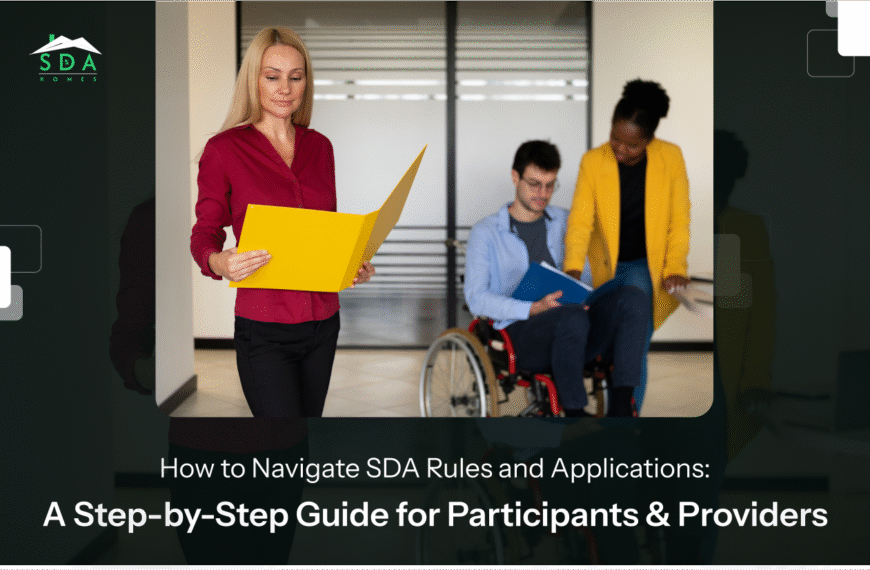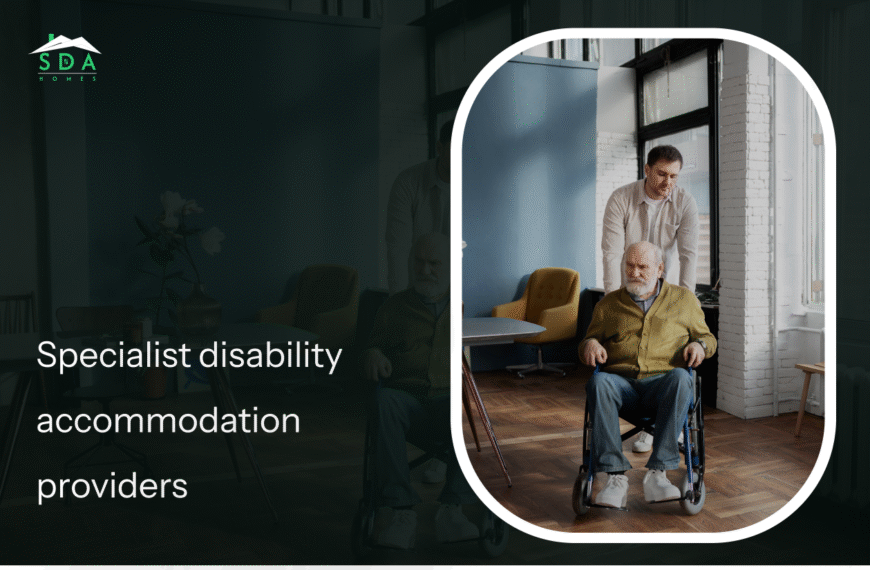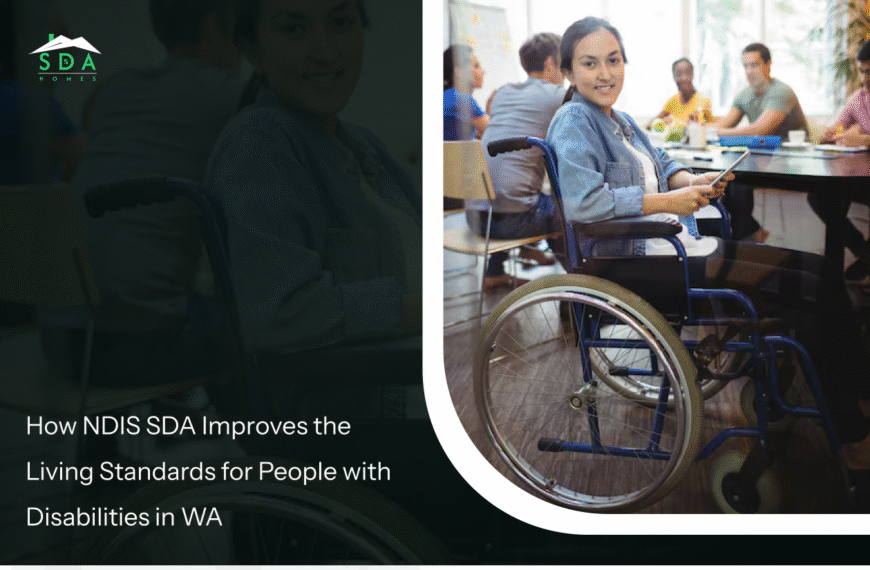Introduction
NDIS respite accommodation offers short-term stays for people with disability. It gives participants a break from their everyday routine while also providing carers with the chance to rest. Respite includes various types of temporary care, such as in-home, centre-based, and residential options. To access this temporary care, participants need to meet eligibility criteria and have the support funded in their NDIS plans. Consequently, they must work closely with NDIS planners and choose from registered providers for a smooth application process.
This guide walks you through the essentials of eligibility, application, services, funding, and tips on choosing the right provider.
What is NDIS Respite Accommodation?
Simply put, this type of accommodation under NDIS provides temporary care and accommodation for people with disability. It allows participants to stay away from their usual home while receiving the support they need. The main purpose is to give carers a break and participants a chance to experience a change of environment, helping improve well-being for both.
There are different types of respite depending on what suits the participant’s needs. The most common is short-term accommodation (STA), which usually ranges from a few days to two weeks. This is planned in advance and tailored to the participant’s support requirements. Whether staying at a residential facility or receiving care at home, respite offers a safe and supportive space and a valuable time-out from regular routines.
Eligibility Criteria for NDIS Respite Accommodation
Not every participant is automatically eligible for NDIS respite services. The most important objective for this service is that the participant must register with NDIS and have a support scheme that includes funds for these services, often called short-term accommodation. In addition, NDIA considers several factors such as:
- There is a need for regular breaks for carers to maintain their wellbeing.
- The participant’s individual care needs and goals.
- Whether the respite is “reasonable and necessary” to support daily life and community participation.
Medical or support documents can support the application by showing why respite is needed. Participants can involve their carers in explaining why breaks are essential for their ongoing ability to care. If you are unsure about eligibility or plan funding, working with an NDIS planner or support coordinator will be helpful.
How to Apply for Respite Accommodation Under NDIS
Applying for respite housing requires careful evaluation of the step-by-step process. It includes many forms and verification layers. But you don’t have to do it alone; your planner will help you every now and then. Here’s how to get started:
- Take a look at your NDIS plan: Make sure it covers funding for respite care or short-term accommodation. If this does not, you can request a review during your next plan meeting and bring it with you.
- Talk to your NDIS planner or support coordinator: These people help shape and guide your plan. They’ll advise how to include respite funding properly and assist with necessary paperwork.
- Gather supporting documents: You may need evidence like medical reports or assessments that justify the need for respite support.
- Book your respite stay: Once approval is given, you can book your staycation with the provider’s help. They are responsible for conveying a smooth stay.
Throughout this process, always keep the lines of communication open with your NDIS provider to make sure that, at the right time, you are given care that is just right for you.
Types and Funding of Respite Accommodation
Funding for respite usually comes from the participant’s Core Supports budget, but it must be outlined clearly in the plan. Respite housing stay comes in several forms, depending on what suits the participant best:
- In-home respite: Support workers visit the participant’s home, providing care that allows carers to take a break without leaving their familiar environment.
- Centre-based respite: Participants visit a day centre or community facility for care and activities, usually combined with social interaction opportunities.
- Residential respite: This involves stays at accommodation facilities specifically designed for disability care, called Short-Term Accommodation services.
Depending on needs, stays can last from a few days to several weeks each year, with typical costs covered within the plan’s limits.
Select the Right Respite Care Provider
Navigating respite housing options in the NDIS plan can feel complex, especially if you are new to the system. Even if you are not, then it’s always wise to partner with experts who make it effortless for both you and your carers. So when you’re choosing a provider, keep these points in mind:
- Find NDIS providers who are officially registered and stick to high-quality and safety standards.
- Ensure they really get what you or the participant specifically needs and prefers.
- Think about where they’re located and if they’re easy to get to, especially if travel is a factor..
Finding a trusted respite care provider who fits well with the participant’s goals is key to a positive respite experience.
Final Takeaways
NDIS respite accommodation plays an important role in supporting both participants and carers. It allows for safe, temporary care while giving carers a chance to rest and recharge. If you or your loved one needs respite, speak with your NDIS planner or support coordinator today. They can help you understand your options and navigate the application process to make sure you get the support you deserve.
Frequently Asked Questions
1. How long can I (NDIS participant) stay in NDIS respite facilities?
Ans: With an annual selection of about 28 days, it usually lasts for 14 days at a time. However, the plans vary depending on individual needs.
2. Does NDIS cover all costs for respite care?
Ans: The cost is usually covered under the participant’s NDIS plan funding, until the relief meets the “correct and necessary” norms.
3. Can I choose my respite care provider?
Ans: Yes. It is important to choose an NDIS-registered supplier that meets support requirements and preferences.
4. Can I use respite housing in emergency situations?
Ans: Yes, but it is mainly designed for planned breaks. Emergency assistance can be arranged through some suppliers if immediate care is needed.














